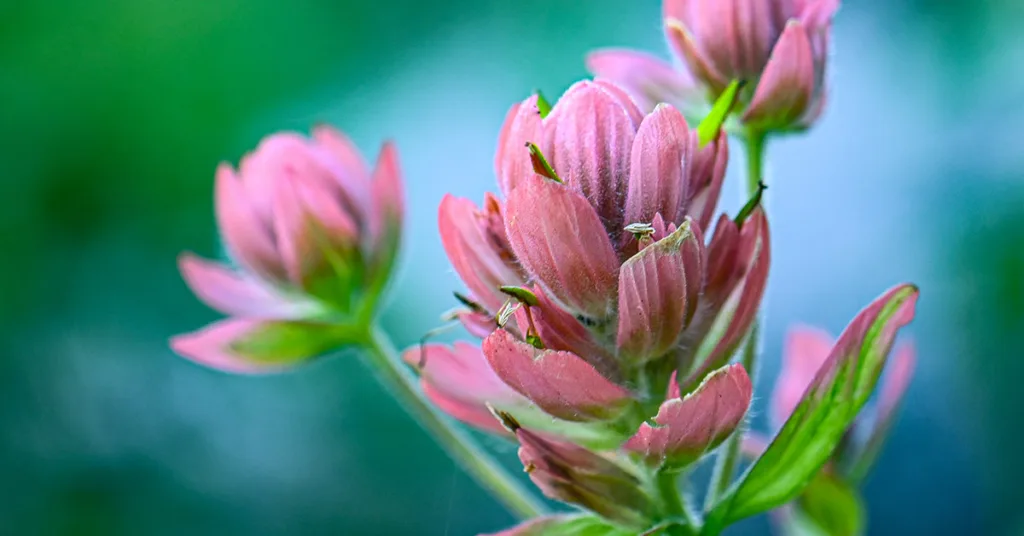
This post explains one of the 4 Foundations of Mindfulness. Normally, I might have chosen to write this after the first foundation (mindfulness of the body). But mindfulness of change has been at the forefront of my mind recently, so I’m offering this now, while it’s most alive for me.
Labor Day marked the first dusting of snow in the Wasatch Mountains here in Utah. I’ve lived in Salt Lake City since the early ’80s. I don’t remember a time when the mountains saw snow anywhere near this early. Just a week before, I was hiking in these same mountains enjoying the profusion of wildflowers. In a few weeks, the aspens will begin to turn golden. Transition is not only a part of life; it is the nature of life itself. Practicing mindfulness of change can help us learn how to navigate this truth.
Many years ago, a longtime student asked Suzuki Roshi (author of the seminal book, Zen Mind, Beginner’s Mind) to sum up Zen practice in a single sentence. His answer was, “Everything changes.” But change does not happen simply in the transitions from season to season.
We can easily see the truth of change if we reflect on our lives. I recently saw the Barbie film. It was a fun romp to watch, but it also reminded me of how important my Barbies (and my trolls) were in my early life. Where are they now? I barely batted an eye when my mother told me she’d given them away. In college, an active social life (read: partying) was super important to me. Sometimes I wonder who that person was who inhabited this body during that time. It’s not that I regret those years; it’s just that it’s so far from where my priorities lie these days.
Mindfulness of Change at the Micro Level
We can all reflect on the many phases in our lives to help us understand the truth of change at a macro level. But practicing mindfulness of change can give us an intimate view of the process of change that is happening literally all the time. When we look closely, we can see that everything is changing constantly. There is not a single moment that passes that is the same as the previous one, or the next one.
Tuning into the flow of change can help us understand one of the late Vietnamese Zen master, Thich Nhat Hanh’s, most profound teachings: “Birth and death are only notions. They are not real. The Buddha taught that there is no birth; there is no death; there is no coming; there is no going; there is no same; there is no different; there is no permanent self; there is no annihilation. We only think there is.”
I won’t pretend to be able to explain this teaching. It’s something I’ve been trying to understand for many years—the continuity of life within the flow of change. But understanding this concept, I believe, is key to living our lives with equanimity amidst the inevitable changes we will go through in our lives. Practicing mindfulness of change can help us navigate transitions—pleasant and unpleasant—we all experience.
How to Practice
- Sit in a comfortable position. You can sit on a Meditation Cushion, or if sitting on the floor is not comfortable, feel free to sit in a chair.
- Settle back in your body. Close your eyes gently and allow them to relax back into their sockets.
- Now open your sense of hearing. Be aware of the sounds arising in your environment, and perhaps, within your body. Relax back and allow sound to come to you. There’s no need to reach out for it; it’s coming to you anyway. Be aware of how the sounds arise, change and pass away. Continue this practice for a few minutes.
- Now become aware of bodily sensations—sensations of contact with what you’re sitting on, sensations of temperature, sensations of pulsing or vibration, sensations of breathing. Feel your body as a whole, tuning into the flow of sensations—seeing, hearing, smelling, tasting, touching. When thoughts arise, are there physical sensations that accompany them?
- Become aware of how these sensations are changing moment to moment. So rather than simply labeling the sensations you’re feeling, relax into the flow of change from one moment to the next.
- Thoughts will come. That’s okay. When you notice that you’re lost in a thought, redirect your awareness back to the flow of sensation. What do you feel when you let go of the thought?
Let Go of the Past, the Future and the Present
Several years ago while I was on retreat, author/mindfulness teacher Joseph Goldstein offered a practice I found to be a profound doorway to the awareness of mindfulness of change. In mindfulness practice, we’re often reminded that there really is only this moment. Past is past; future has not yet happened. Neither exist in reality. Past and future exist only as thoughts in this moment.
So we’re invited to let go of the past and the future. But Joseph took it a bit further and suggested that we explore letting go of the present as well. So while you’re practicing meditation, set an intention to let go of each moment as it arises.
Feel free to leave a comment. I’d love to hear about your experience.

Thank you for these thoughts, Charlotte. It is especially helpful to read your line about becoming aware of how sensations are changing moment to moment. That feels like an especially important key in the mindfulness process for letting go. Sitting with your words really allowed me to feel more awareness and flow in my body.
Thanks so much for sharing your observations. As you write, awareness of changing sensations is crucial to the understanding of letting go. I’m glad the article has been helpful for you!
Thank you for your response, Charlotte! I look forward to reading more of your articles.